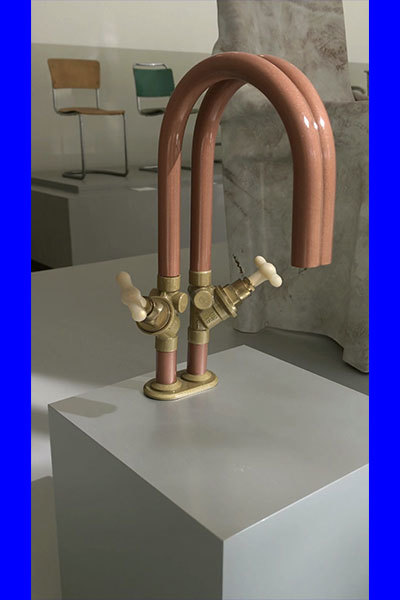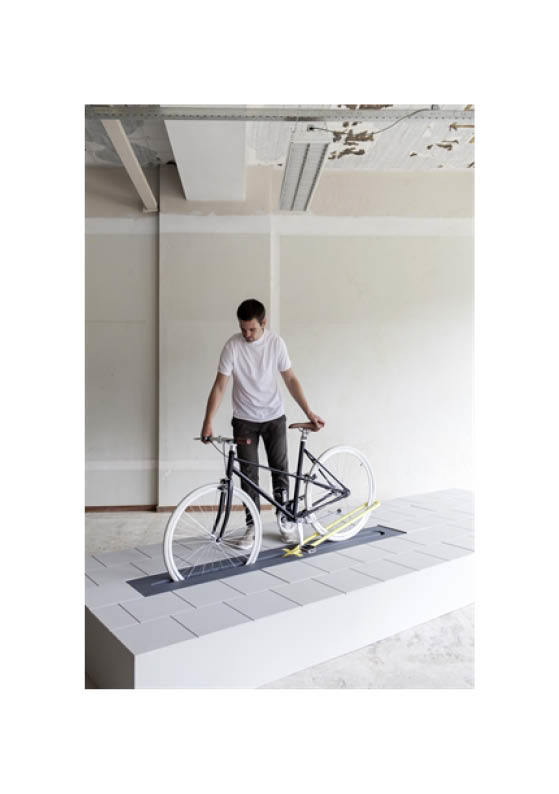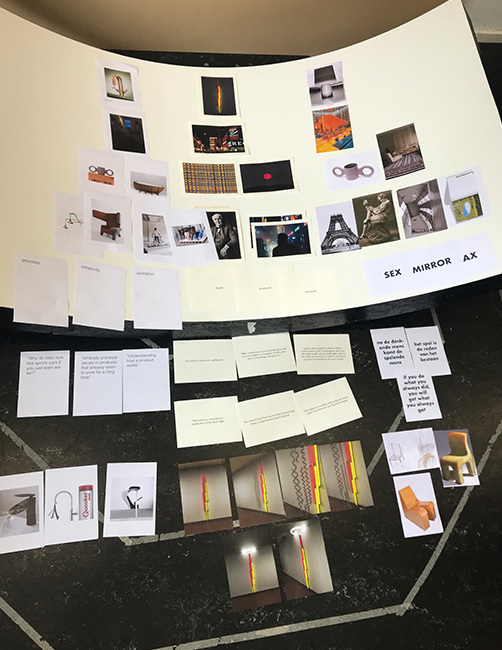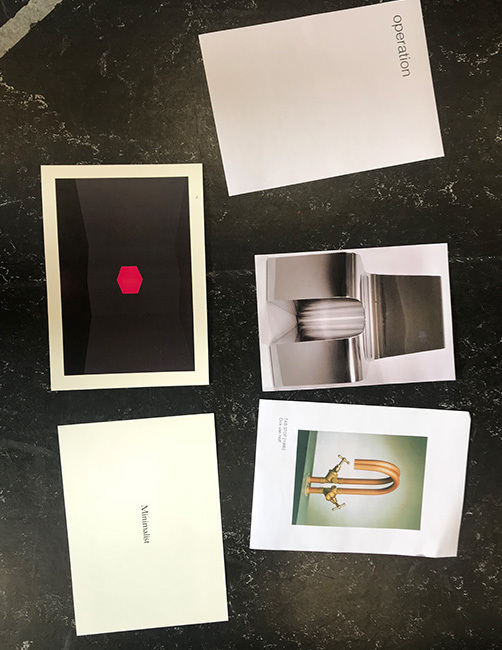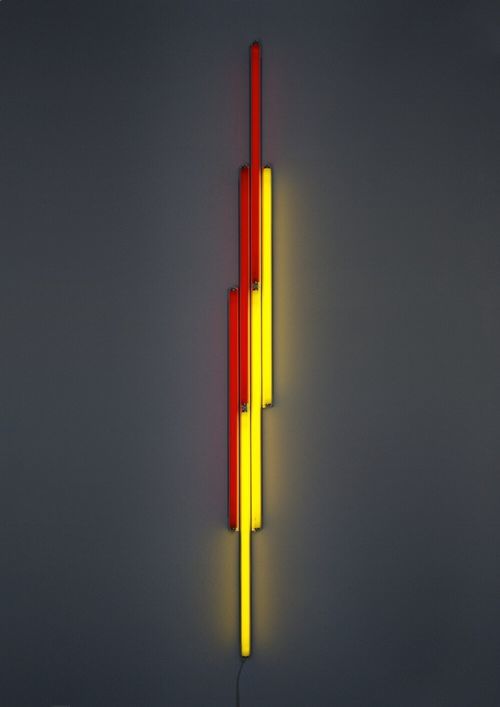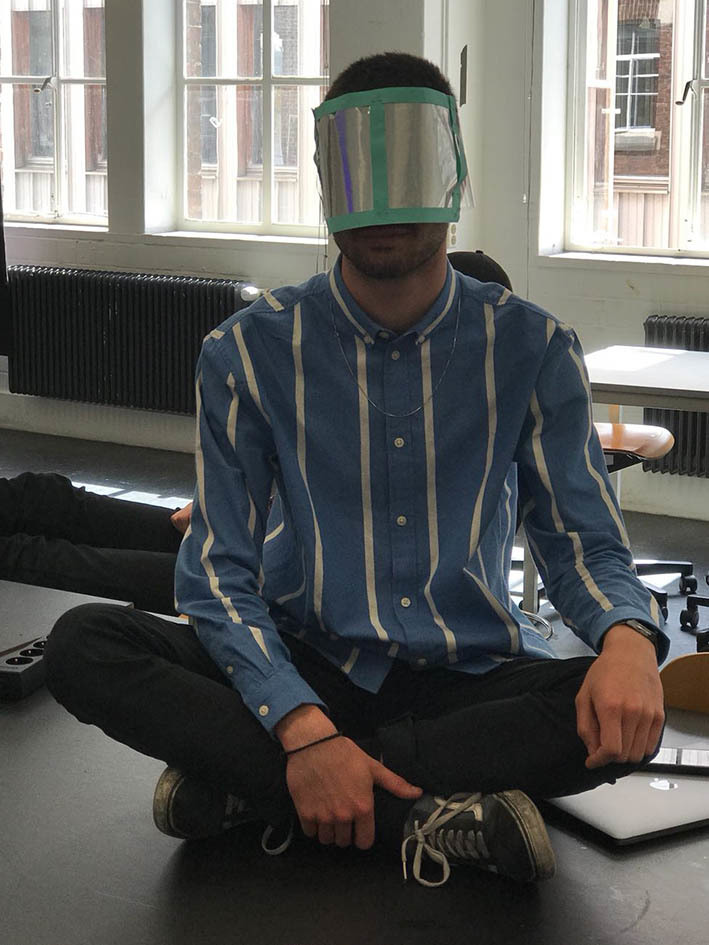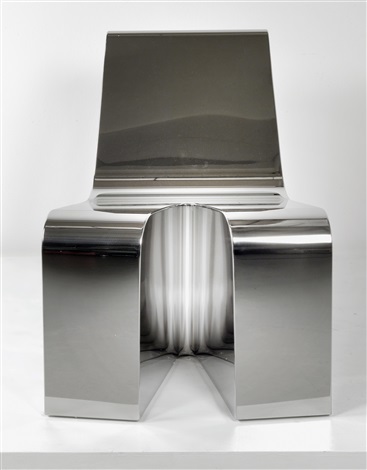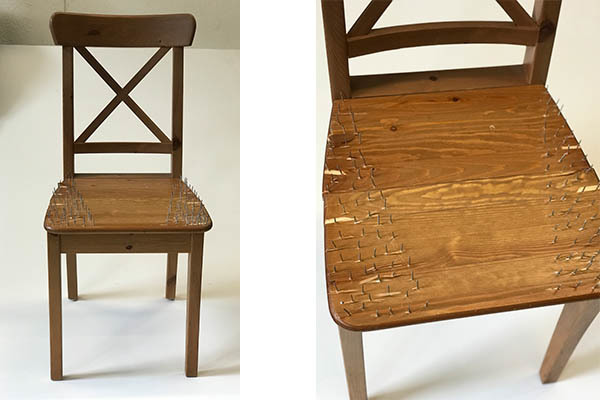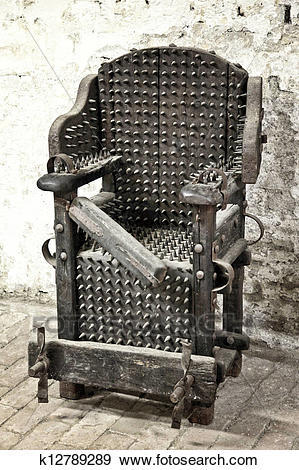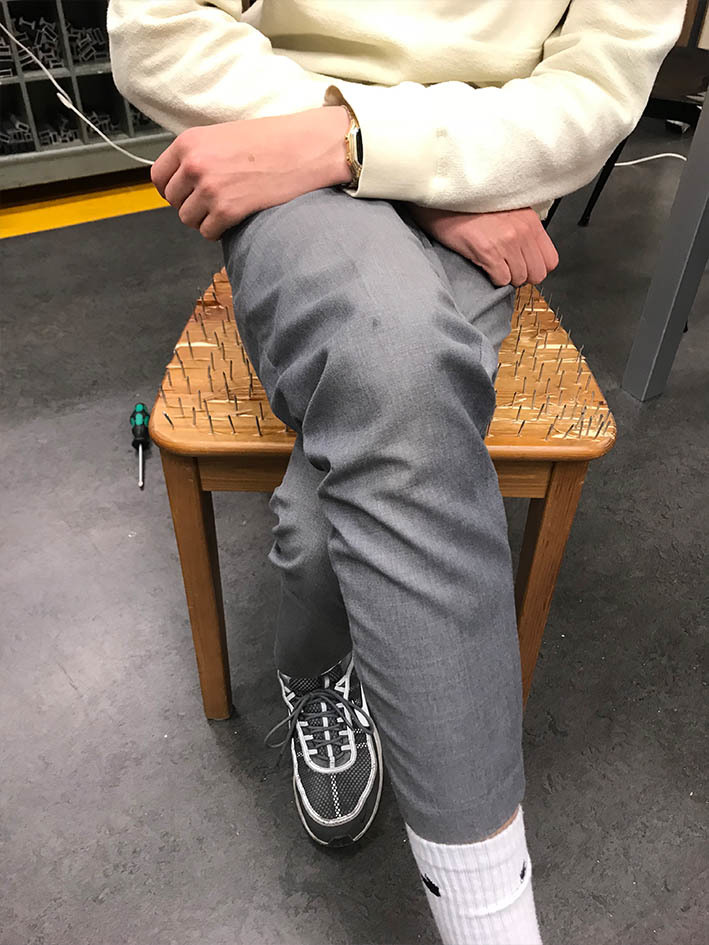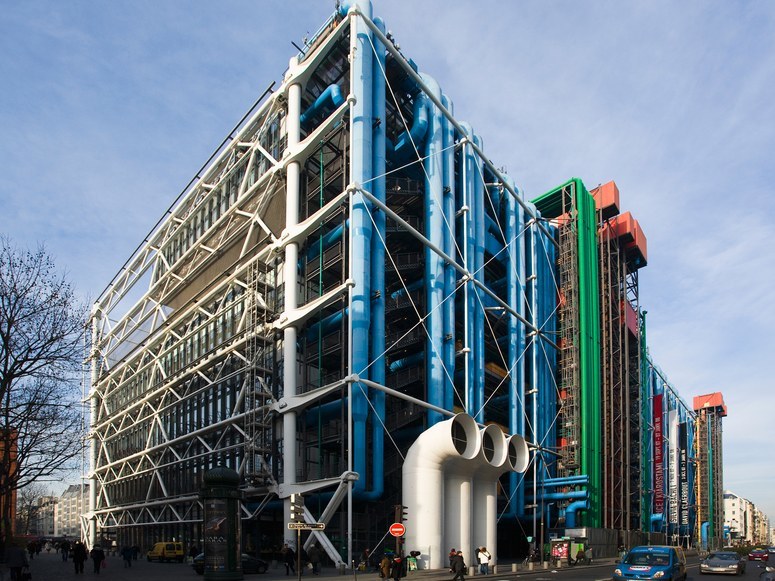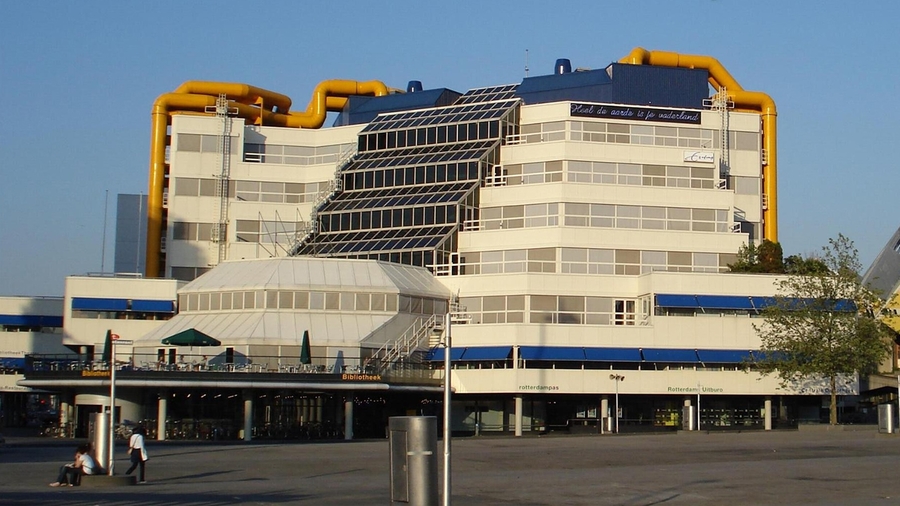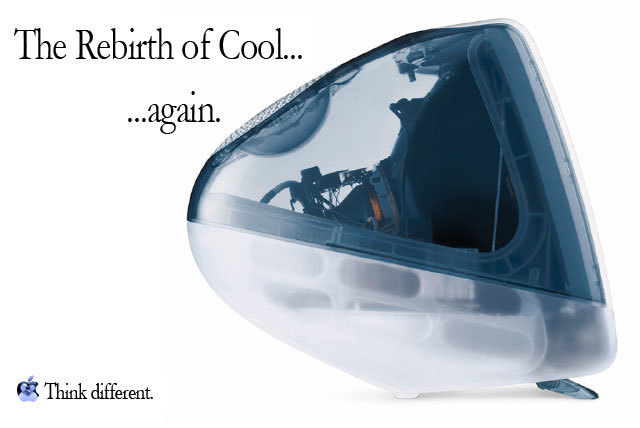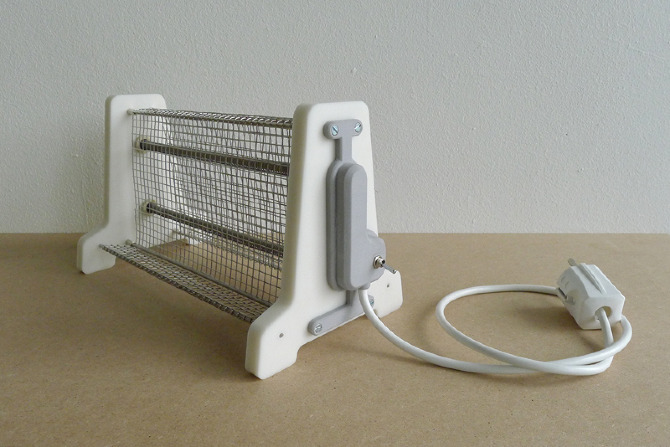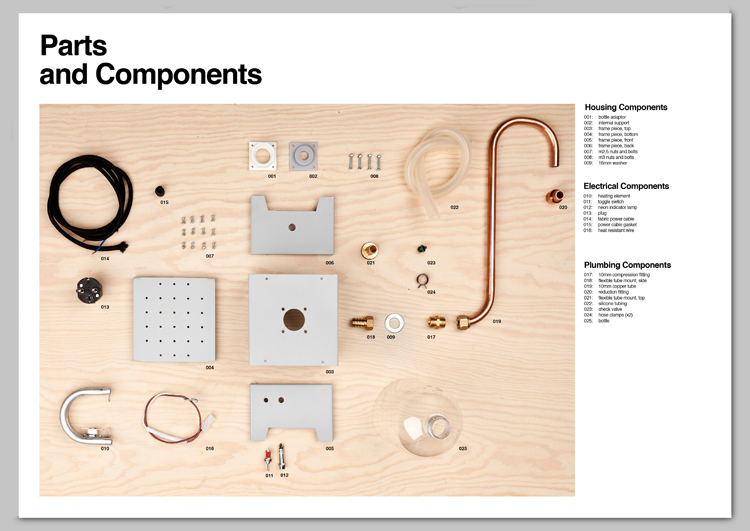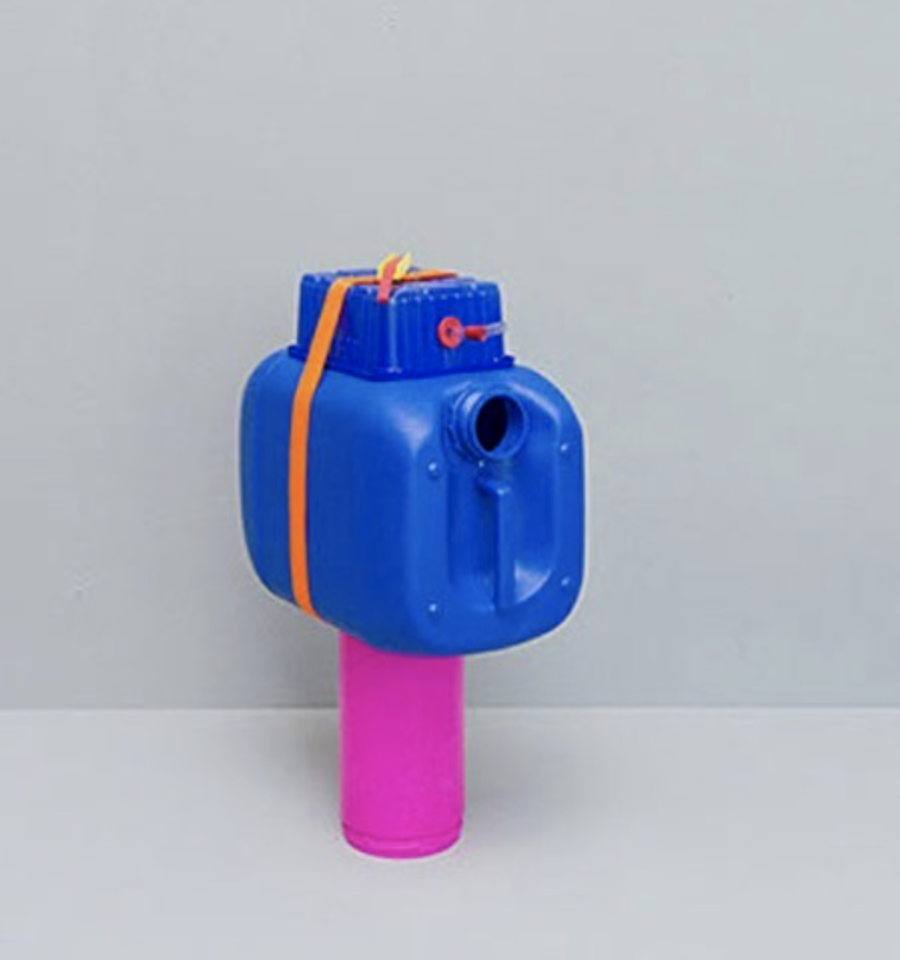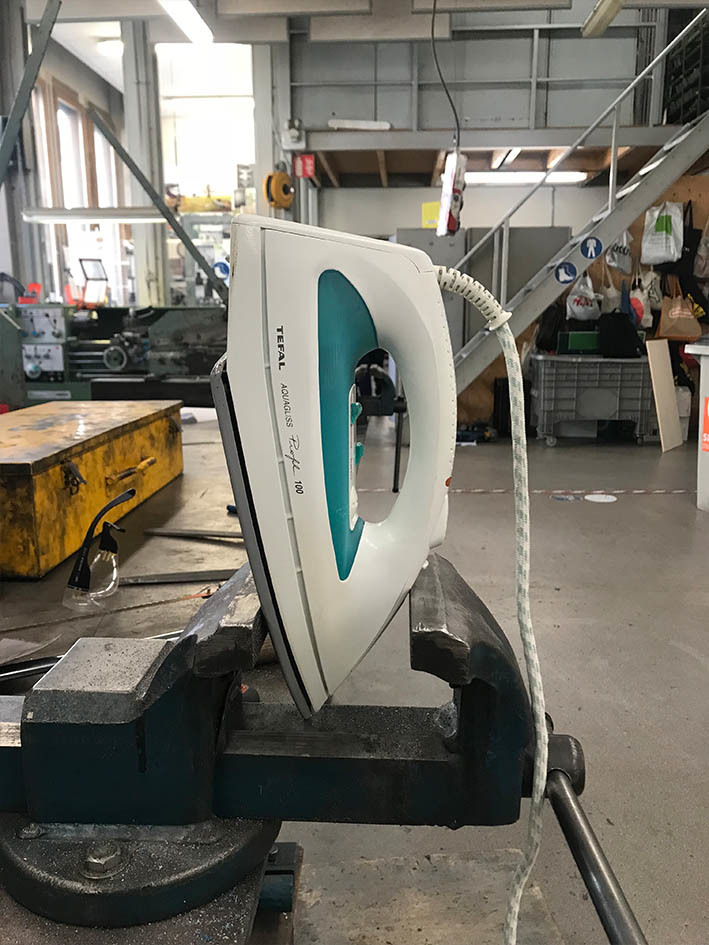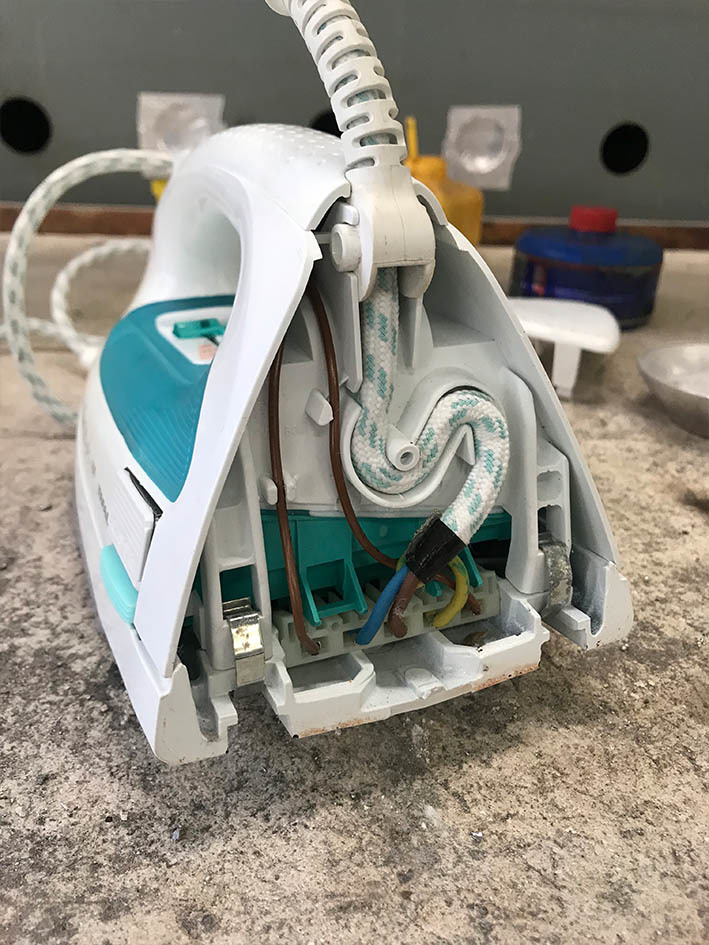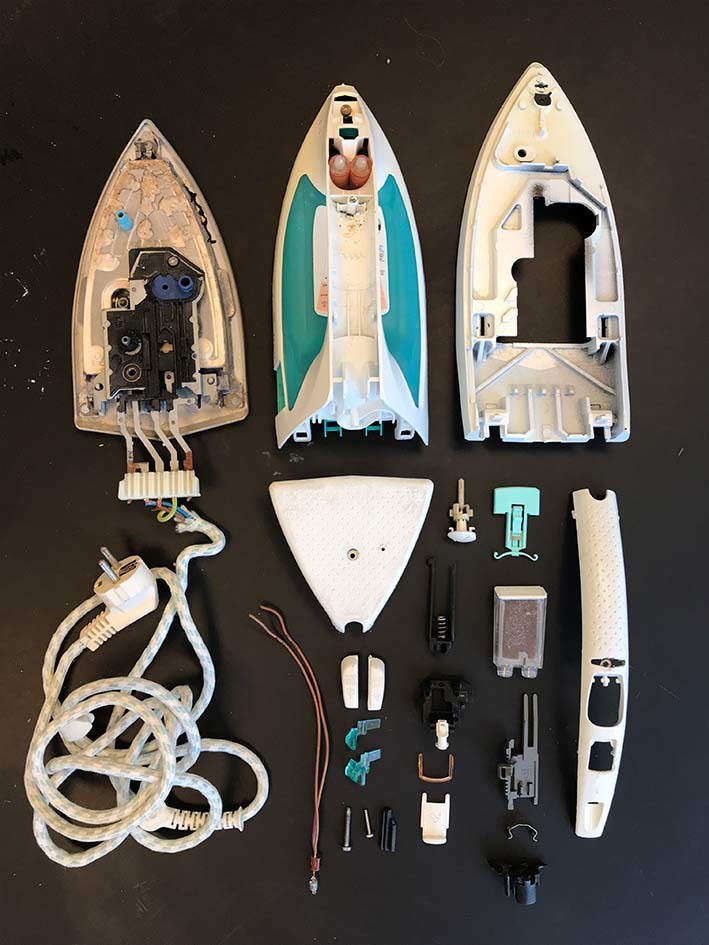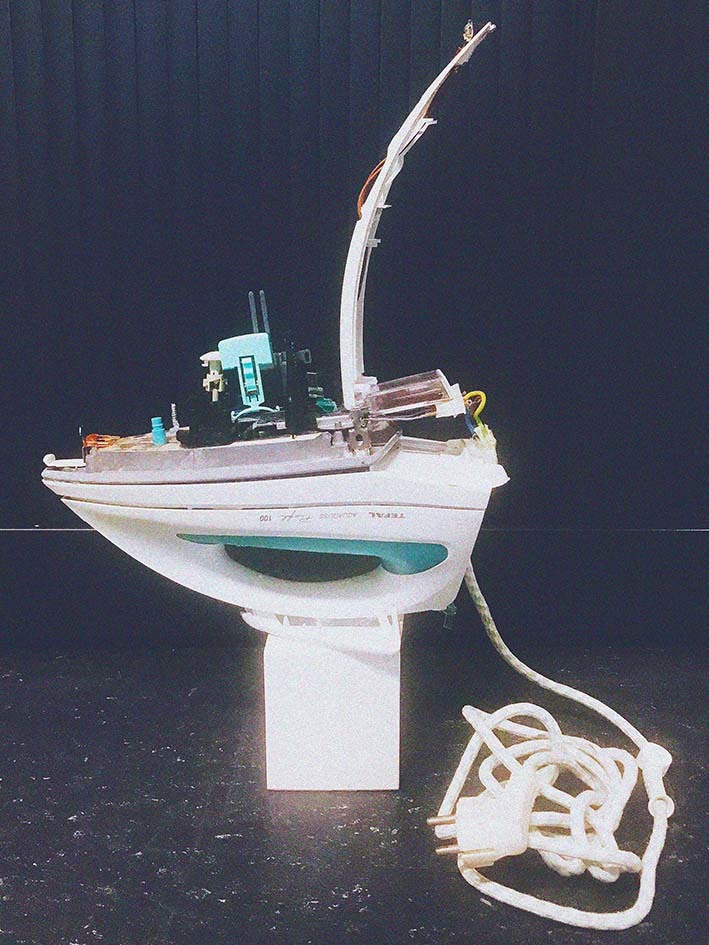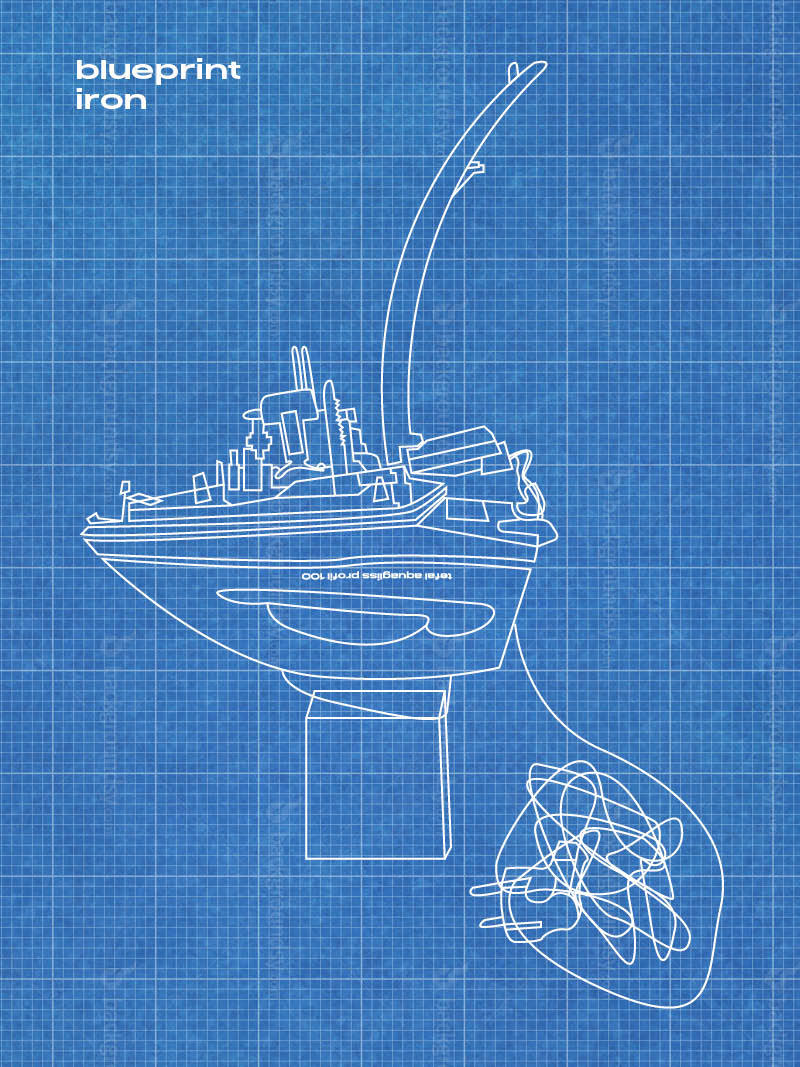Difference between revisions of "User:Tsrohwuob"
| Line 5: | Line 5: | ||
==Year 2 (practice try-out)== | ==Year 2 (practice try-out)== | ||
| − | [[Fantastic Forgeries : | + | [[Practice 2 - Fantastic Forgeries: Making New Cultural Memory]] |
---- | ---- | ||
| + | |||
== '''''My chosen artefact:''''' == | == '''''My chosen artefact:''''' == | ||
Revision as of 21:18, 21 November 2018
Contents
Info
Jelle van Bouwhorst
0928746@hr.nl
Graphic Design y3
Year 2 (practice try-out)
Practice 2 - Fantastic Forgeries: Making New Cultural Memory
My chosen artefact:
TAP STOP Dick van Hoff 1995
Why do tabs look like sports cars if you just want water? This stop tab has no unnecessary details and veiled forms but leaves a glance how it works. It shows an industrial character which emphasizes the operation of the tab: the mixing of hot and cold water.
Research
Research homework >>>File:TAPSTOP RESEARCH1.pdf
Preview of research 1, lamp by ontwerpduo > also showing what is invisible
Preview of research 2, bicycle storage design academy 2017, something that you use in your daily life. simplify and execution are important
Objects for others:
FUTURE dan flavin — niels Dan Flavin makes art with tube lights. In the future there will be more and more light, because of all the advertising on the screens. Look at ny Times Square in the past and now. First there were a lot of billboard, painted or printed. Nowadays there are big LED screens. Which ensures that our eyes become lazy. That's why we need these protection glasses in the future!
PAST sexy relaxy mirror chair — joep
I made a chair that refers to the nail chair they used in castles in the Middle Ages. This chair was meant to kill people. The chair that I designed for joep forces the user to sit with your legs crossed, otherwise the nails will hurt you.
Inspiration
I got inspired by different designs and artist. For example I watched a documentary about Richard Rogers and Renzo Piano, the architects of the Centre Pompidou. The intention of the architects was to turn the building inside out, as it were. This to create more space inside the building.
centre pompidou paris
public library Rotterdam
apple iMac g3 2008 — transparant
TransparentTools - Jesse Howard
Part and components
jelijnxanthe — Drowning in objects
Process/Outcome
Overview parts of iron
Statement
what if everyday objects are designed to understand the operation?
When I was in Boijmans I really looked forward to see one of my favourite works of the design collection. The Tap Stop by Dick van Hoff. For me it really stands out because it’s more than a well designed furniture or classic vitra chair. It’s not only a tap stop, but it’s a tap stop that shows the process of hot and cold water. The operation, process and simplicity were good keywords for me to start with.
The meaning of Dick van Hoff is that tap stops nowadays are looking too fancy. So that’s the reason that he designed a tap stop which emphasizes the operation of the tab: the mixing of hot and cold water. It’s inside out and really transparent. Interesting about that is: what if everyday objects are designed to understand the operation? Are we then finally able to fix it by ourselves when it’s broken? Or do we still want to throw it away and buy a new one? These days we are so lazy, we buy things that we do not understand the process of. What if we know the process? Can we then create new objects with the parts of other objects?
A tap stop is something that people uses in daily life, something that is completely normal and unthinkable from the kitchen. We never think about who designed it, or who came up with this genius idea? Or even better, how it works. It’s just really nice that it works. I was questioning myself, how does a house look like if all the product are have the working process in the outside, or really transparent. Houses should then all look like centre pompidou. Why are we hiding the process? Because in some cases the process could be very interesting.
I was looking for a everyday object in a second hand store that I could use for the transformation. A lot of objects were doing nothing, like cuterly or a table doens’t have a process and is already transparent in how it works. So something like a television is hiding a lot. But then the outcome will be something similar as the iMac g3 of 2008, a transparent layer that is covering the process of the television. In the corner I found a iron that is doing something similar as the tap stop, warming up water. The iron had a screw with an extra protection, which makes it more fun for me to find out what’s inside.
I really wanted to start working without thinking about the real outcome before. My assignment for myself was to get every small piece out of the iron. I was intrigued by how everything was put together, it was even massive when I opened it, like a puzzle. Interesting thing, the only torx screw with which you had to open the iron was blocked. This is to prevent people from opening it. So I had to drill through that screw to open it. After I screwed all the small parts out of the iron I made an overview picture before I started with glueing it together. At that time I also thought to glue all parts in chronological succession. Or to work with photography and to put all the parts in a certain composition that show the process.
I had really fun glueing it together and then suddenly it looks like a speedboat. Something that is very close to water. I reached that all the components are visible, so it’s transparent and inside out. And the question that I had while doing my research: Are we able to fix an object when it’s broken, when all the components are visible? There is also no chronological order in use of the iron. I made a pedestal under the piece to connect it to the tap stop, which also haves a pedestal. First I really wanted to paint all the parts, like in centre Pompidou, where they used 4 different colors to indicate how the structure works. For example, all water pipes are green and the air circulation is blue. I have decided not to do this anyway, because I then take out the rawness and the authenticity of the product, it seems almost no longer as if I have disassembled a real device.
I see many opportunities to continue my research and final work. During my trial I encountered many similar projects and I approached the work in other ways. besides that you can create new objects from an existing object, I could also combine components of objects into something new. This is something that I find interesting and what was not relevant for this assignment, but in the future it seems cool to disassemble for example a washing machine.
